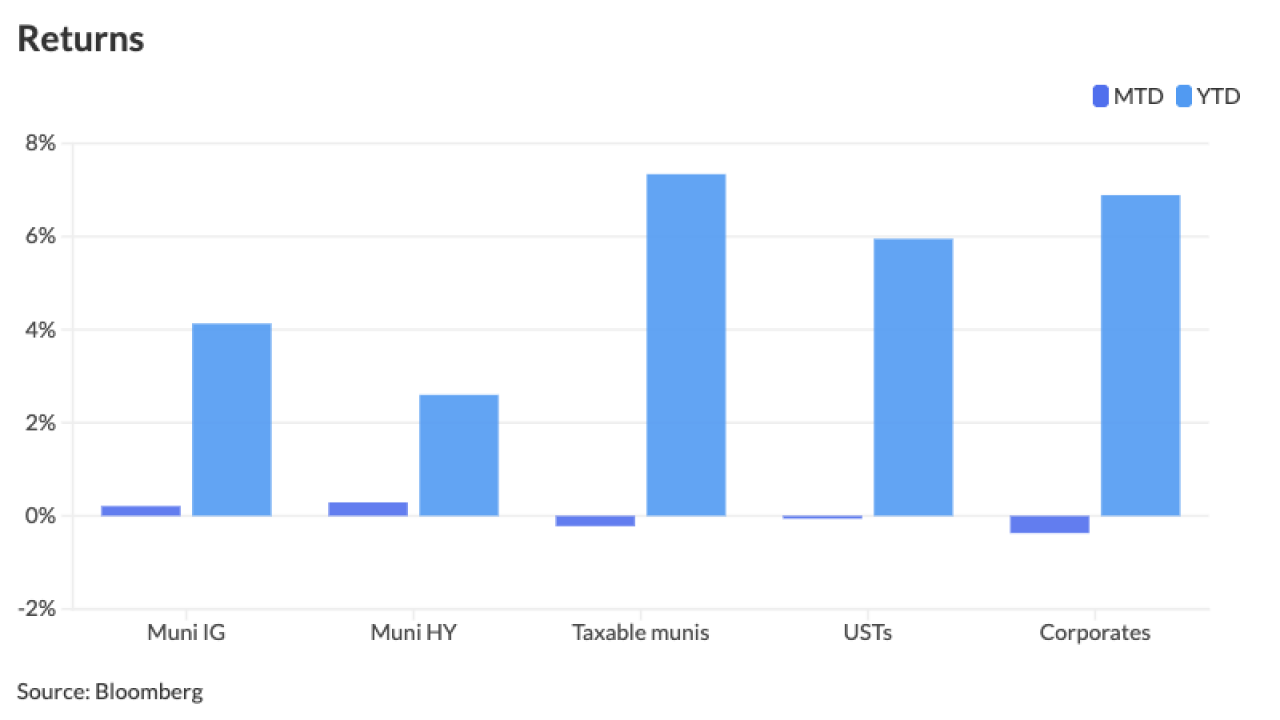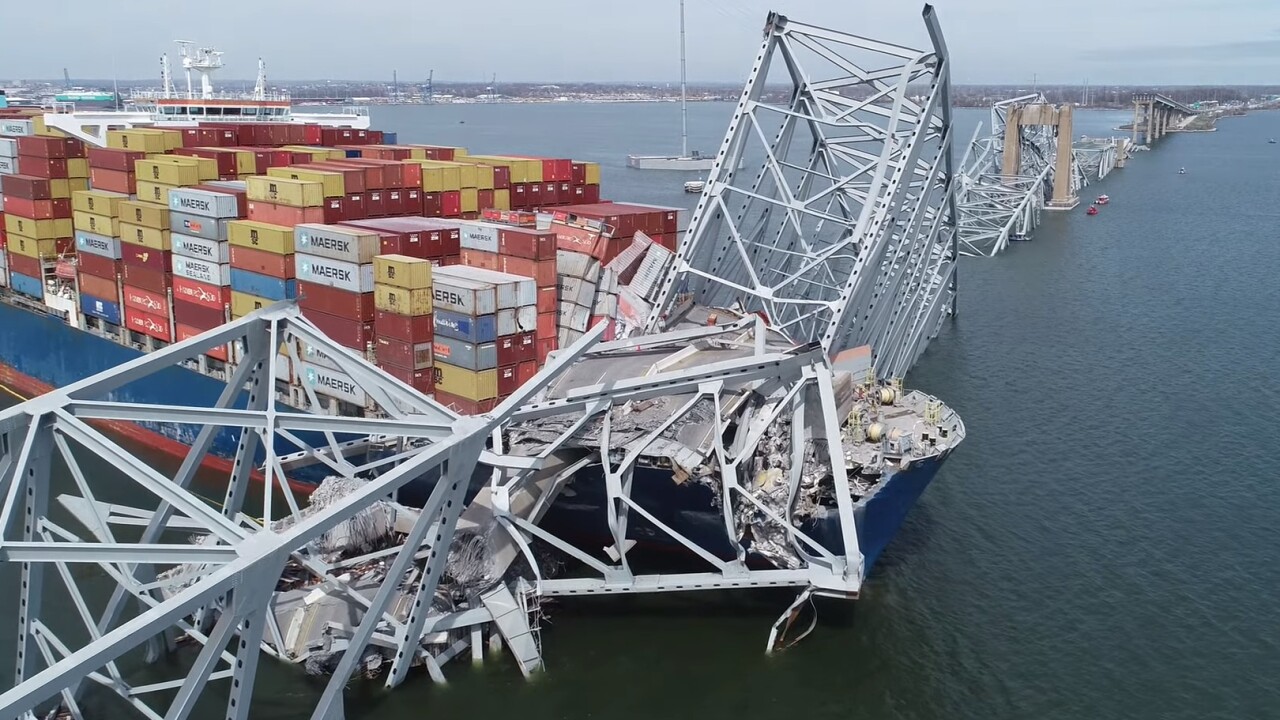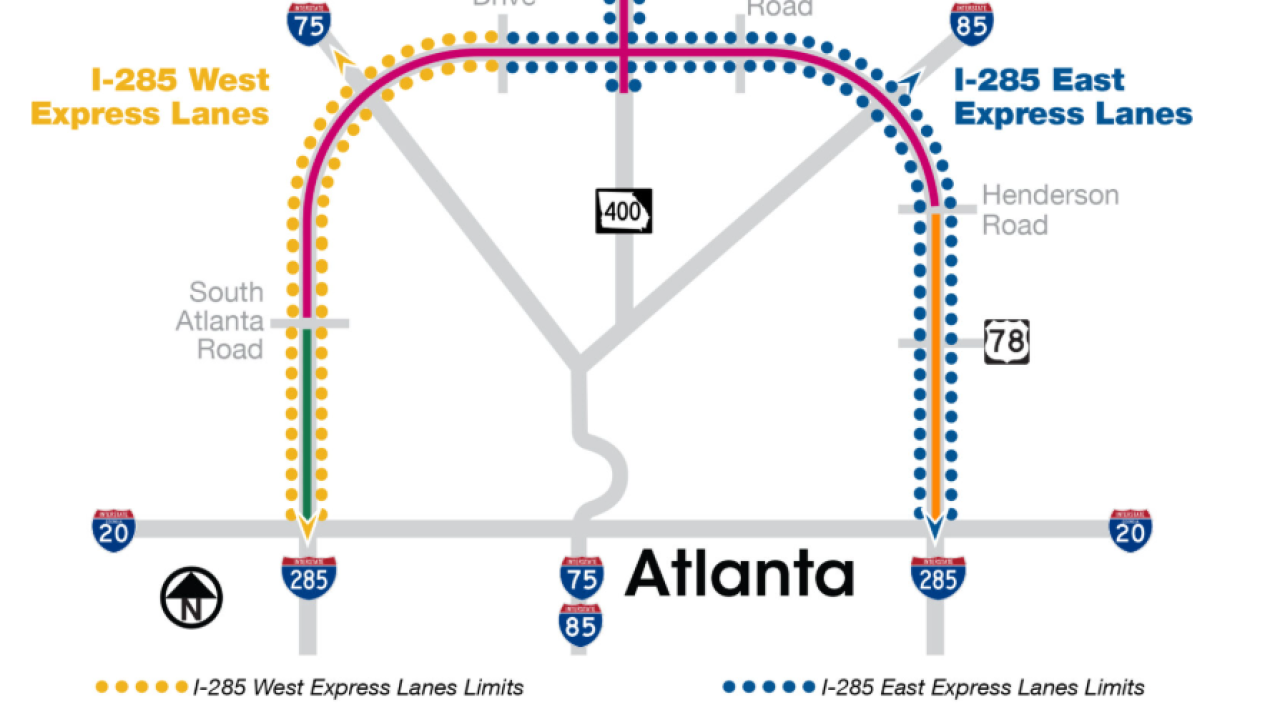
Short-term interest rates should be raised "shortly after" quantitative easing ends, and raise rates at a quicker pace than expected, Federal Reserve Bank of Kansas City President and Chief Executive Officer Esther L. George said late Thursday.
"In my view, it will likely be appropriate to raise the federal funds rate at a somewhat faster pace than the median of committee members' projections," George told a group at Stanford University, according to prepared text released by the Fed.
The view is based on worries accommodative monetary policy is impacting "incentives and attitudes toward risk," she said.
The near-zero interest rate environment strains the profitability of traditional banking activities and offers incentives to reach for yield. "Banks are responding as we should expect, which is to say they are engaging in riskier activities," George said.
To combat this risk-taking, George suggested raising short-term interest rates "in response to improving economic conditions shortly after completion of the 'taper.'" She noted that many policy-guiding rules "are already or close to prescribing a policy rate higher than the current funds rate."
After "liftoff," George said the FOMC has suggested "it will take a gradual approach toward the longer-run funds rate." She cited the median of the latest Summary of Economic Projections, which forecasts the economy to hit full employment and 2% inflation at the end of 2016. "Such conditions, under more normal circumstances, would imply the federal funds rate should be at, or at least near, its longer-run level. However, the federal funds rate is expected to be 2¼ percent by year-end 2016, compared to a median of 4 percent in the longer run. So, the funds rate could reach its longer-run level well after the economic recovery is complete and inflation has returned to the 2 percent goal."
By telling banks the low interest rate environment will last a few more years, the "conditions [are] ripe for greater risk-taking as firms reach for yield and the imbalances related to such incentives grow," she said.





